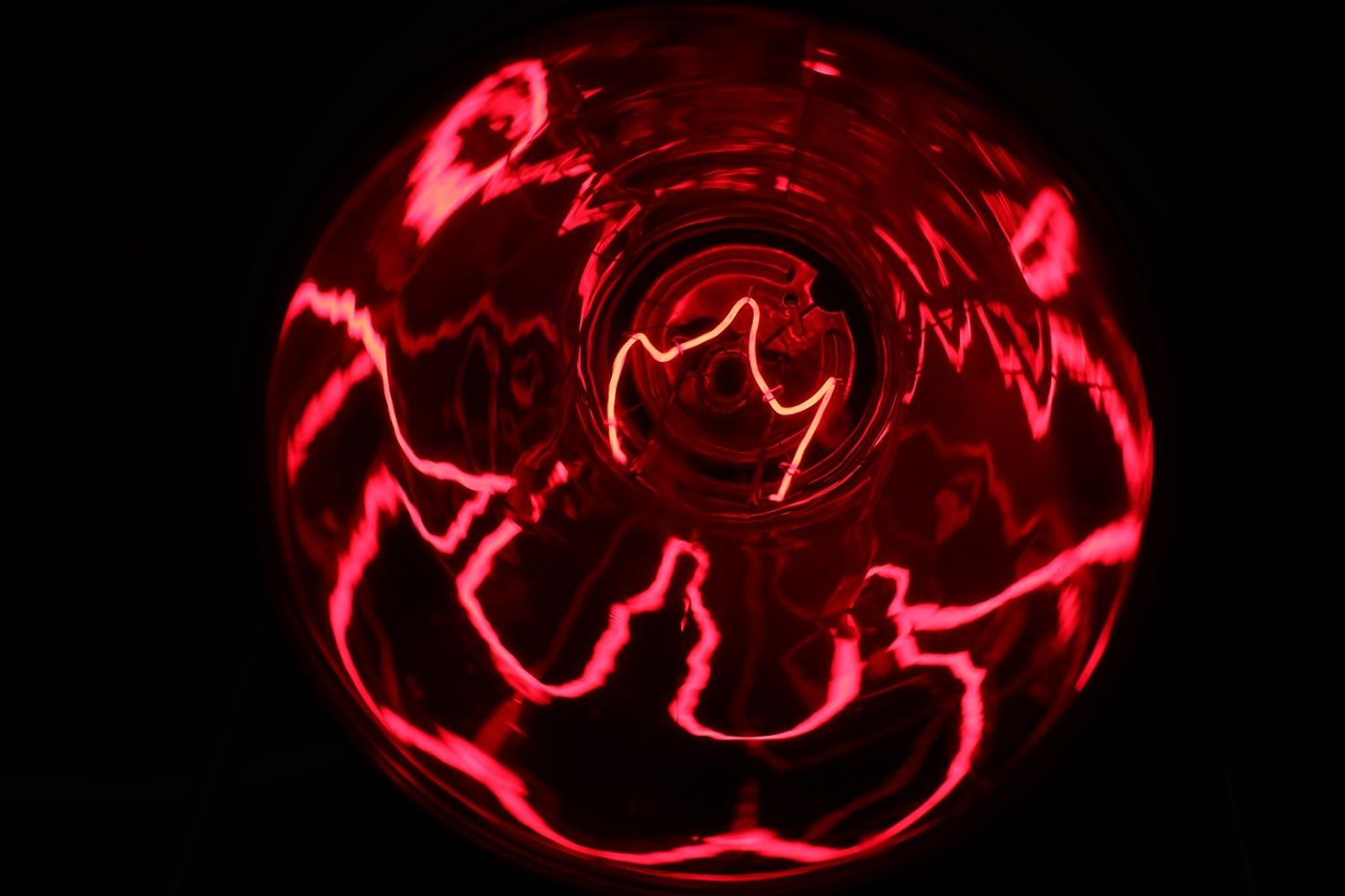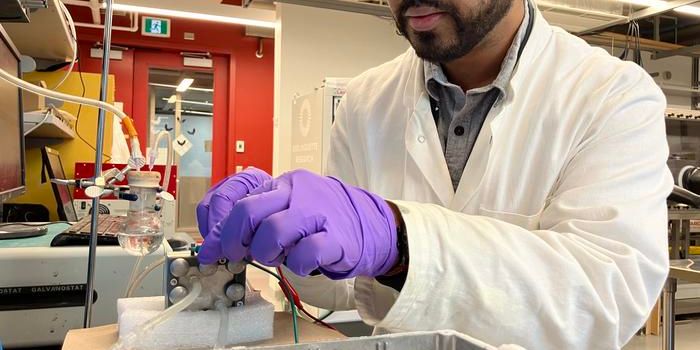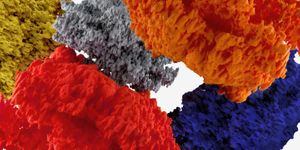Mid-IR Spectroscopy a Convenient, Accurate Means of Cancer Diagnosis
Last Sunday, November 8, was the International Day of Radiology (IDoR 2020), an event celebrated by radiologists, technologists, and nuclear medicine professionals worldwide. The subdiscipline within medical science has come a long way with the development of various diagnostic techniques (such as X-ray, CT, MRI, radiography, etc.) over the past century.
Infrared, a selective band of electromagnetic radiation situated beyond the far side of the visible light spectrum, is a frontier of innovations in diagnostic imaging. A group of Israeli researchers recently reported their latest invention - a highly accurate, non-invasive skin cancer diagnostic instrument that's based on mid-infrared (IR) spectroscopy.
In a nutshell, their device is a fiber‐optic evanescent wave spectroscopy (FEWS) system, which comprises middle infrared (mid‐IR) transmitting fibers and a Fourier‐transform infrared spectrometer (FTIR). Located in the spectral range between 3 and 30 microns, mid-IR can perform qualitative and quantitative measurements on organic and inorganic molecules within different matrice (gas, liquid, or solid).
IR Spectroscopy (Prof. Dave Explains)
Melanoma is a vicious form of skin cancers, and the current practice of diagnosis involves using a series of empirical (a dermoscopy) and invasive techniques (biopsies). The team from Tel Aviv University built their system with a mandate to add confidence in diagnosis, avoid physical wounds, as well as reduce metastasis risks. In their studies, they performed mid-IR measurements on suspicious lesions in patients and later verified their spectral analysis-based findings with the pathological results of the same lesions. They found high correlations between the two techniques on both benign and malignant tissues.
The scientists believe their FEWS approach can be adopted by radiologists to develop a rapid and non-invasive diagnostic tool for early melanoma detection. The inexpensive and user-friendly device can be easily implemented in community clinics, making it easier and faster to screen a more significant population.
This latest innovation is published in the journal Medical Physics.
Source: Physics World









